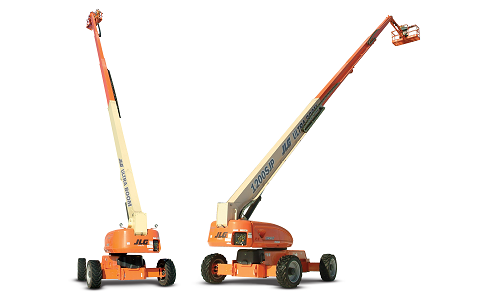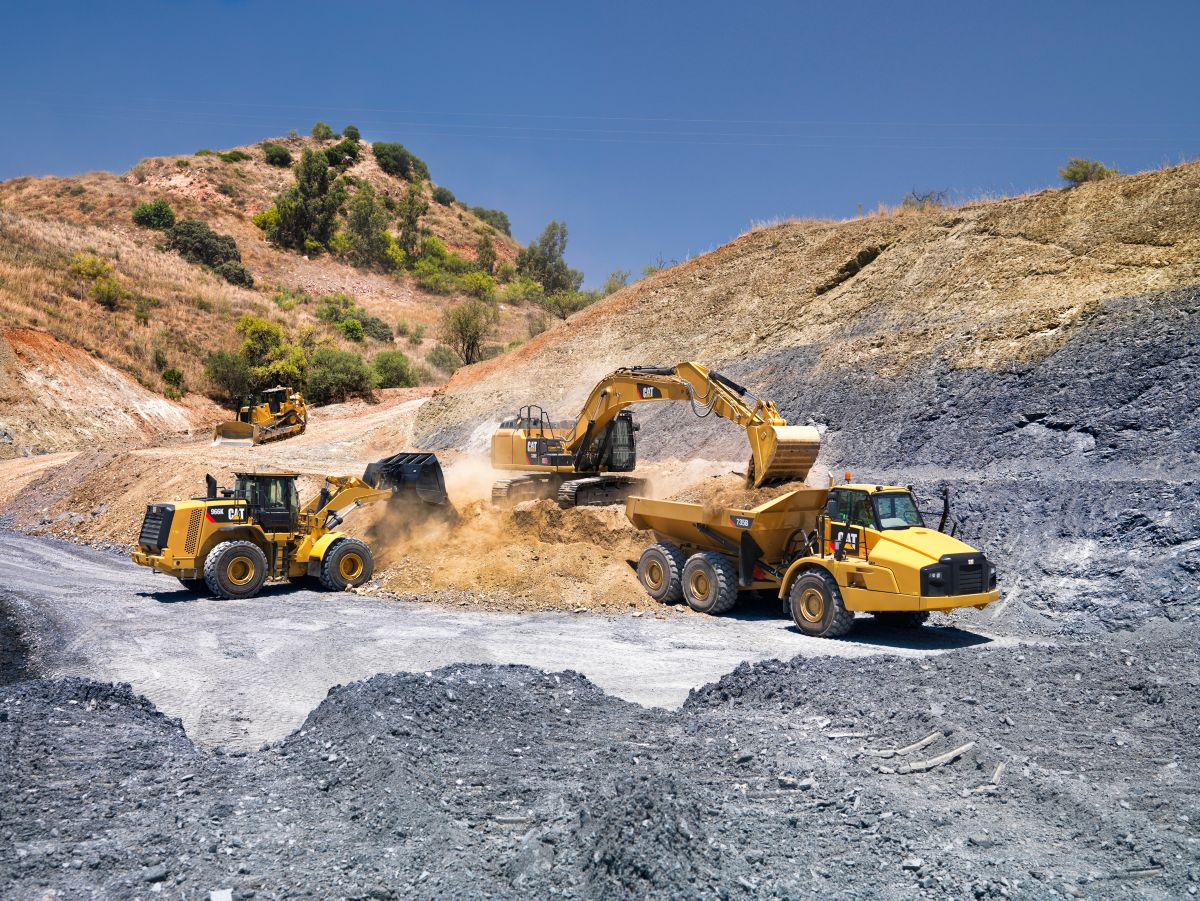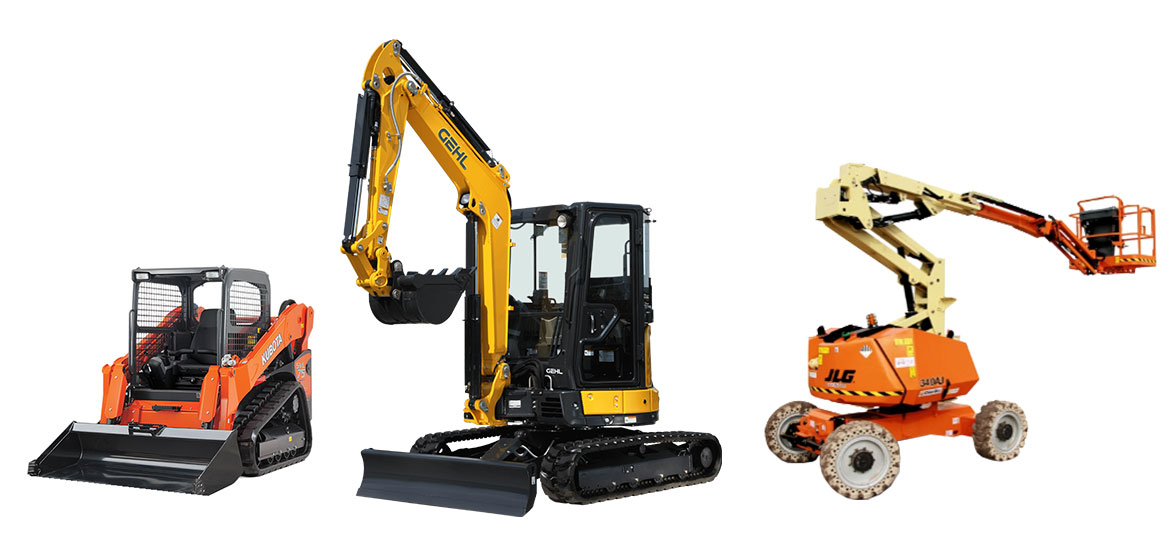Forklift Rental: Heavy Training Equipment for Warehousing and Much more
Forklift Rental: Heavy Training Equipment for Warehousing and Much more
Blog Article
Maximize Your Spending Plan by Comprehending the Expenses Related To Construction Devices Leasings
Comprehending the complete extent of prices connected with building equipment rentals is important for maximizing your budget. While the preliminary rental fee may appear simple, many extra expenditures-- such as transport, gas surcharges, and maintenance-- can promptly collect, impacting your monetary preparation. Furthermore, recognizing different fees and the details of rental agreements can help prevent unexpected monetary burdens. What approaches can be utilized to successfully handle these prices and ensure an extra efficient rental experience?
Introduction of Rental Prices
When considering building tools services, understanding the linked prices is paramount for reliable budgeting and job preparation. Rental costs can vary dramatically based upon a number of variables, including equipment type, period of rental, and location. The first rental charge typically shows the tools's market demand and its connected functional capabilities, influencing the overall expenditure.
Along with the base rental rate, supplementary costs may emerge, such as transport costs, gas surcharges, and upkeep charges. It is necessary to account for these additional expenses to precisely examine the total price of renting tools. Additionally, the rental period can influence prices; longer rentals may qualify for affordable prices, while temporary rentals may incur greater daily fees.

Breakdown of Rental Prices
A thorough understanding of rental rates is necessary for contractors and task managers intending to enhance their budget plans. Rental prices for building and construction tools normally are composed of several parts, including base rates, time-based charges, and usage costs.
Base prices are the core charges connected with the service of the tools, typically identified by the kind and size of the equipment. These prices can vary substantially, influenced by factors such as devices demand, schedule, and regional market trends. Time-based costs, which might be daily, weekly, or monthly, offer to fit different task timelines and rental periods.
In addition, rental prices might consist of usage charges, which apply when equipment is utilized beyond a defined limit, guaranteeing that the rental firm can represent wear and tear. Seasonal need changes can additionally affect rental rates, with peak building seasons normally regulating greater costs.
Furthermore, recognizing the rental company's policies regarding maintenance and insurance coverage can provide further insight right into the overall price framework. By assessing these parts, contractors can make enlightened choices, making certain the option of rental equipment aligns with both project needs and spending plan restraints.
Additional Charges to Consider
Understanding the complexities of extra fees is essential for professionals to handle their general service expenditures effectively. Past the typical rental prices, different additional costs can considerably impact the total expense of devices leasing. These fees typically consist of shipment and pick-up fees, which can differ based upon distance and logistics associated with carrying the tools to and from the work site.
Additionally, some rental companies might enforce gas surcharges if the equipment is returned with less fuel than when rented out. It is likewise important to know potential cleansing costs, particularly for customized tools that requires thorough maintenance after use.

Completely examining the rental agreement and clarifying these added charges in advance can help specialists prevent unanticipated expenses and ensure that budget plans stay intact throughout the job lifecycle.
Repair And Maintenance Expenses
Regular maintenance and repair costs are commonly ignored variables that can substantially influence the overall expense of building equipment leasings. When renting out tools, it is essential to think about not just the rental charges yet additionally the prospective prices connected with keeping the equipment in ideal operating condition.
Numerous rental business consist of fundamental maintenance as component of the index rental arrangement; nonetheless, more extensive repairs you can look here or unexpected failures can cause additional costs. It's crucial to assess the rental agreement meticulously to comprehend what maintenance services are covered and what duties fall on the tenant.
In addition, tools that is not well-maintained can bring about inefficiencies at work website, potentially enhancing and triggering hold-ups task expenses. To alleviate these threats, it is advisable to perform normal inspections and maintain open interaction with the rental supplier relating to any kind of issues that develop throughout use.
Insurance Coverage and Obligation Prices
Insurance coverage and responsibility prices are important elements that can considerably affect the overall expenditure of construction tools leasings (rental company near me). These prices make sure that both the rental company and the customer are protected from prospective economic losses emerging from crashes, damages, or burglary throughout the rental period

Additionally, customers need to be conscious of any type of deductibles or exemptions in the insurance coverage plan, as these can impact possible out-of-pocket expenditures. Understanding the conditions of any type of insurance policy protection is essential to avoid unforeseen expenses. Inevitably, budgeting for insurance and liability expenditures can assist ensure a smoother rental experience and protect versus financial risks linked with check that building and construction tasks.
Conclusion
In final thought, a thorough understanding of the costs associated with construction devices leasings is crucial for efficient budget plan management. Inevitably, notified decision-making pertaining to tools services adds to the total success of building endeavors.
Rental costs can differ dramatically based on a number of factors, including tools type, period of leasing, and location (scissor lift rental). The rental duration can influence rates; longer services may qualify for reduced rates, while temporary leasings may incur higher daily charges
By conducting detailed research study and engaging with trusted rental companies, contractors can efficiently browse the intricacies of rental rates, inevitably optimizing their monetary resources.
Past the common rental rates, various supplementary charges can dramatically influence the complete cost of equipment rental. Rental business commonly supply obligation insurance that covers injuries to third parties or damage to home, while tools damage insurance policy can cover the price of repairs or replacement if the rented out devices is damaged.
Report this page